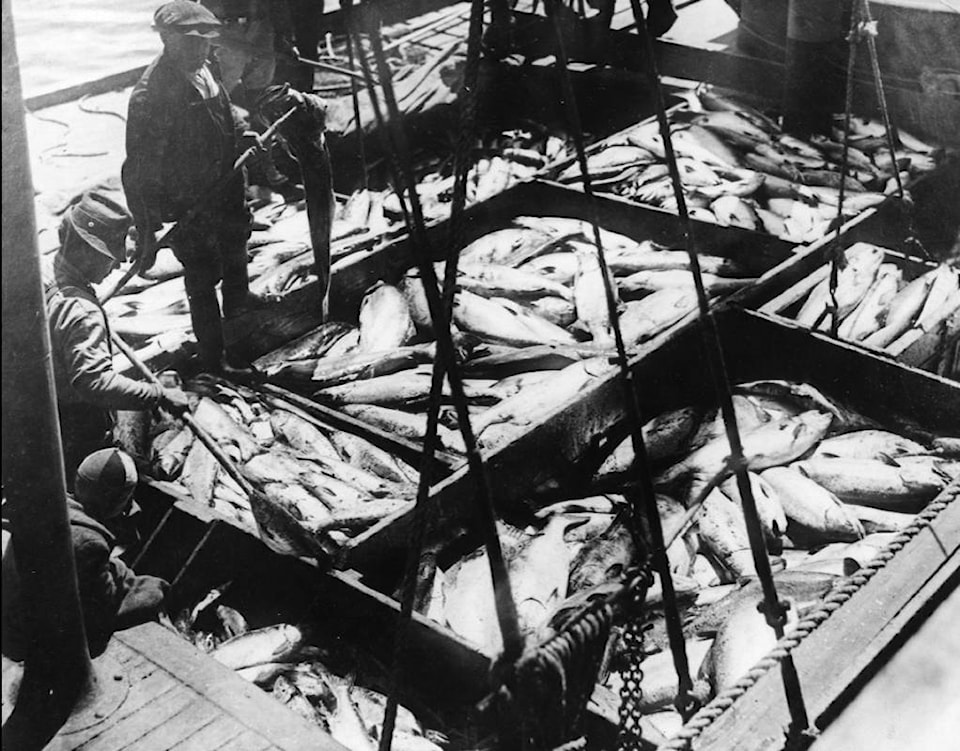The significance of salmon to humans and the Sooke region is the focus of an upcoming exhibit at the Sooke Region Museum.
Seeking Salmon opens June 25 and is part of Canada’s 150th birthday celebrations.
Salmon are valuable in many facets of our lives.
“Like no other animal, salmon interact with all human value systems; intrinsic, aesthetic, cultural, ecological, recreational, economic, spiritual, political, nutritional and social. There is no species more ‘valuable’ in Canada’s Pacific Ocean,” according to the David Suzuki Foundation.
Several of the topics explored in the exhibit include: industry and community growth, food sources and culinary arts, hatcheries, fishing, First Nations, cultural and spiritual practices, healthy streams, species protection, bi-catch, and art.
Visitors can expect to see artifacts, photographs, fishing equipment, metal sculptures and other art forms.
Besides using materials from our its own collection, the museum is asking Sooke residents to share their treasures and photographs in the exhibit.
“In particular, we are looking for unique and historical fishing equipment and art inspired by salmon,” said Brianna Shambrook, collections and exhibits manager.
If you would like to share your knowledge and objects with the museum, please contact Shambrook at the museum by phone at 250-642-6351 or email info@sookeregionmuseum.com.
“One of our display goals is to build a replica ocean with swimming salmon and other creatures using local metal art.”
The exhibit opens during the Sooke Region Museum’s annual open house on June 25 and runs until April 1.
If you would like to share your knowledge and objects with us, please contact curator Brianna Shambrook at the museum.
